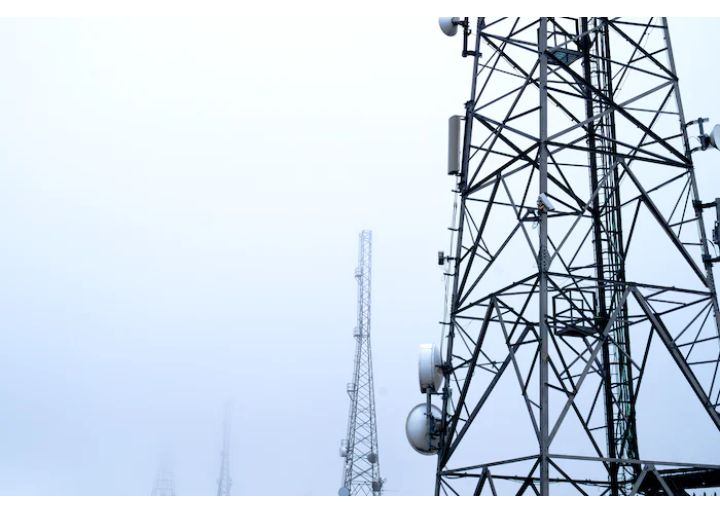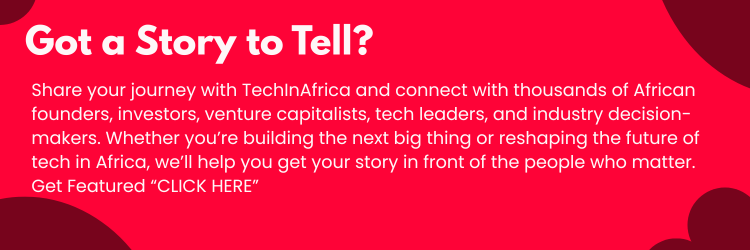
According to data provided by AFR-IX telecom, Tanzania’s telecommunications industry contributed $ 859 million, which accounted for a 1.9 % increase in the country’s Gross Domestic Product (GDP) in 2018, which also translates to a 28% increase over what was generated in 2014.
The expansion of internet and broadcasting services is primarily responsible for its recent economic growth and the rise in the number of customers and mobile phone users in the country.
The industry is also going through a lot of change as a result of Smart’s decision to end its services at the end of 2019, the Zantel and Tigo Tanzania merger, as well as the decision made by the Government to lower the VAT charges that are applied to the purchase of mobile phones and other electronic devices.
The Government of Tanzania has urged potential investors to evaluate Tanzania’s plans for foreign direct investment to contribute to the expansion of the country’s telecommunications industry.
86% of Tanzanians owned a cellphone in 2019. As a result, it became the second-largest telecom market in East Africa
From 2015 to 2019, landline subscriptions decreased by 66,531, which is a 47% decline and consequently, mobile subscriptions had a 7.4(21%) rise.
Halotel and Tanzania Telecommunication Company Limited, Tigo, Airtel, Zantel Vodacom, and Smile are some of the most important companies in Tanzania’s telecom market. On the other hand, Vodacom had the most telecom subscriptions as of June 2020. (31 % ).
The Tanzania Government is making strenuous efforts to lower the value-added tax (VAT) rate that is applied to the sale of mobile devices and to cap the prices of data plans. Back in 2021, the Government reduced fees by 30%.
Furthermore, Tanzania’s international submarine cables also revolutionized its telecom market. Before this, the country was solely reliant on expensive satellite connections to stay connected. They now have a terrestrial cable system connecting Africa’s east and west coasts. In addition, a terminal in Dar es Salaam connects to three different submarine cables: SEAS, EASSy, SEACOM/Tata TGN-Eurasia, (Seychelles to East Africa System).In 2023, the 2Africa subsea cable will also arrive in Dar es Salaam.
Moreso, The Government has signed an agreement allowing for the expansion of broadband access to 94% of Tanzania’s mainland.
The East-to-West fibre link will reduce latency between continents by passing through Africa. Additionally, it will make it possible for global corporations to communicate across the southern hemisphere in real-time, reliably, and affordably.
It will be possible for millions of people in Africa, especially in the Democratic Republic of the Congo, to connect to the internet and communicate with the rest of the world. This marks a significant achievement in terms of developing contemporary communications infrastructure across Africa.





